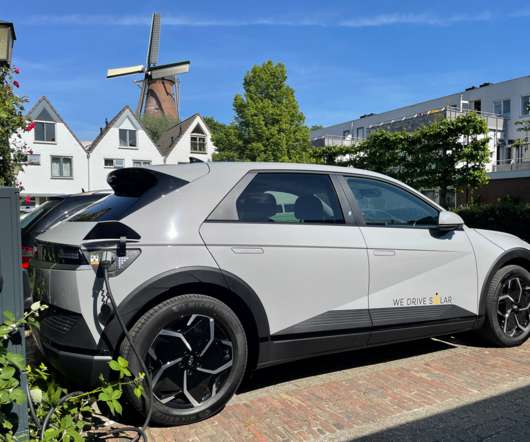Ford Begins EcoBoost Engine Production
Green Car Congress
MAY 20, 2009
Ford invested $55 million to retool and reopen the plant, which had been idled in 2007. EcoBoost technology combines turbocharging and direct gasoline injection to deliver up to 20% improved fuel economy, 15% fewer CO 2 emissions and superior driving performance compared with larger displacement engines. The EcoBoost begins production.














Let's personalize your content